History has always been a big part of each city, municipality, and country. It even affects the culture & its socio-economic society. As we celebrate World Architecture Day and the first anniversary of the Architecture+Design Community let me share one amazing place in Cebu that served as a camp, Warwick barracks, a shelter, a school, a hospital to the Spanish, American, and Filipino people.
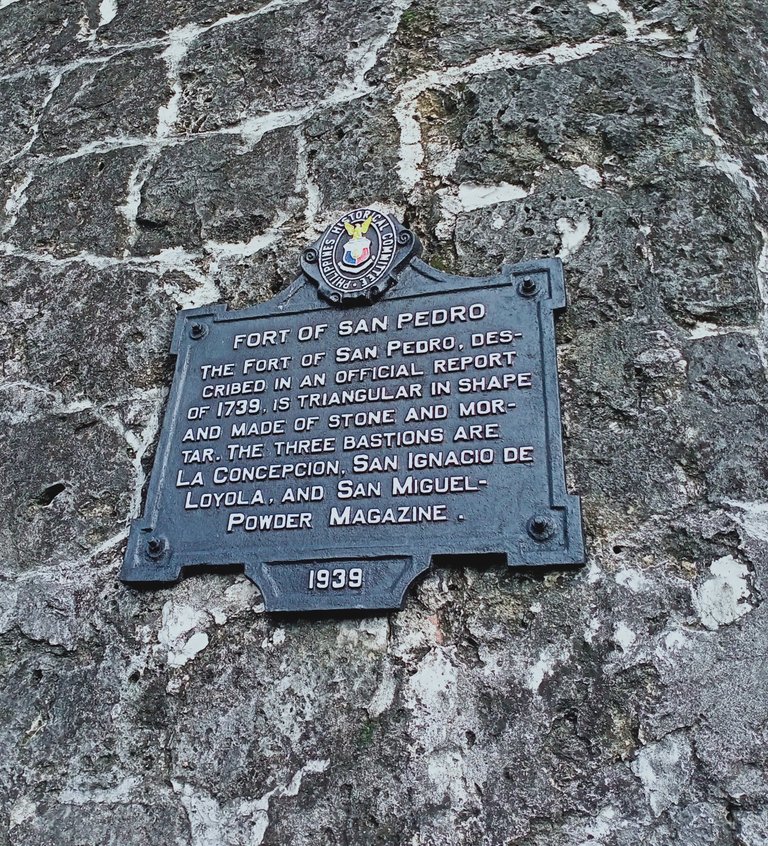
Staying in Cebu for years and seeing some tourist spots through social media and magazines gives me the excitement to visit some and discover the reasons behind every spot.
Cebu is known for its beautiful beaches, waterfalls, foodies, most especially its historical places.
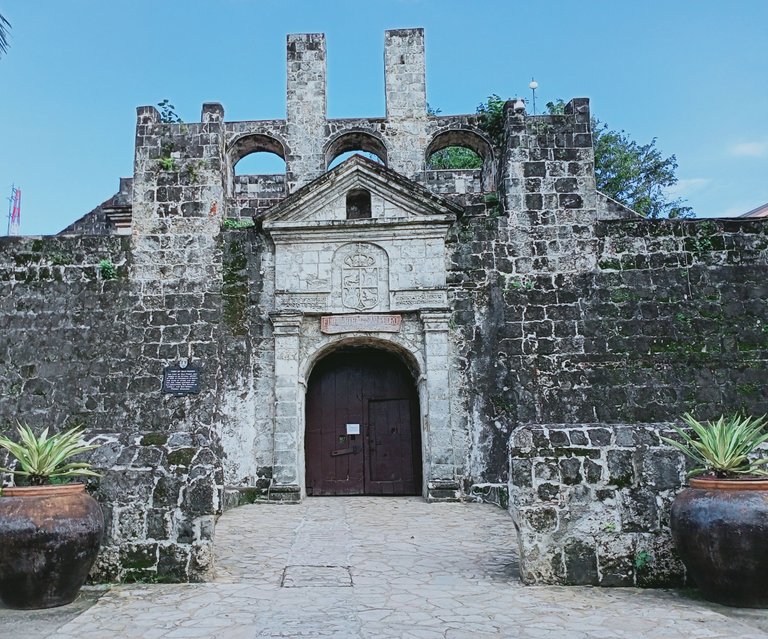
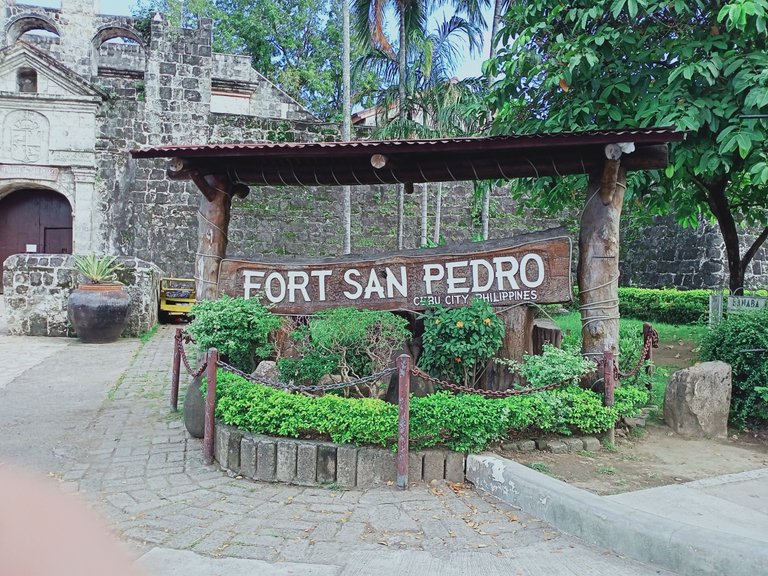
Like Manila's Fort Santiago, Cebu has its own FUERTE DE SAN PEDRO or FORT SAN PEDRO, a military defense and has been considered as one of the most visited tourist spots in the city, located at the Plaza Independencia near the port of Cebu. And chosen as one of the oldest forts in the Philippines which was established in 1565.
History
Originally made of wood and built under the authority of the Spanish conqueror Miguel Lopez de Legazpi, who founded the course settlement in the Province of Cebu.
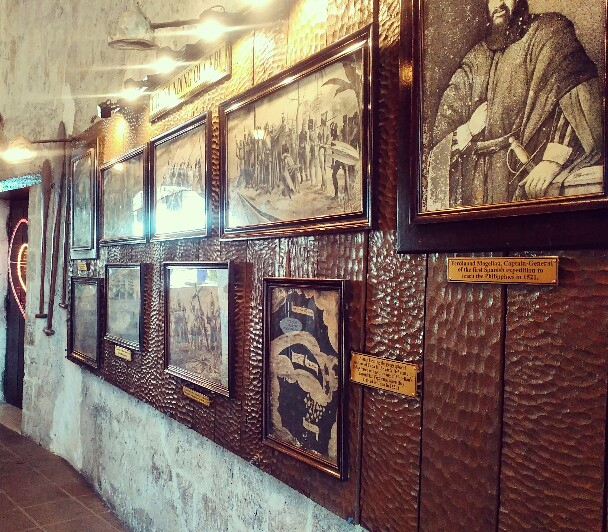
Throughout the Philippine Revolution at the end of the 19th century, this was attacked and surrendered by the Spaniards to the Cebuano revolutionaries who also used it as a place for security and survival. The fort also became part of the American Regime and was used as an American Warwick Barracks where it has been used as a school wherein many Cebuano received their formal education. It also serve as an emergency hospital & a clinic for the wounded during the war, and during the ruins, it was even used as an abettors' field office.
Major renovations in the 19th century were made as part of the city's building program. Improvements were then made and some changes were introduced, including replacing the original wood with stones and mortar. The architect, Leonardo Concepcion completed the estimate and plan for the restoration of the fort.
As I was delighted with the images I saw on the entrance of the fort, the more excited I feel to delve into the place.
At present part of the fort is a museum, where we witness sculptures, paintings, some artifacts of Spanish documents, and old Cebu during the 19th Century. Join us as we take the tour.
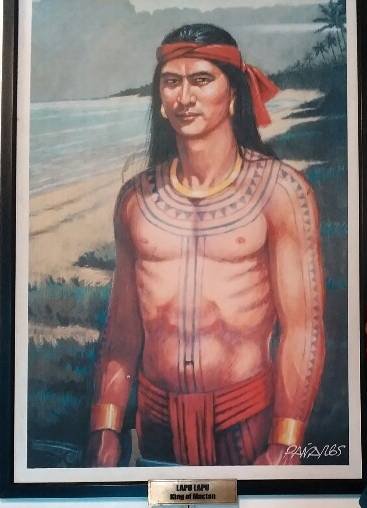

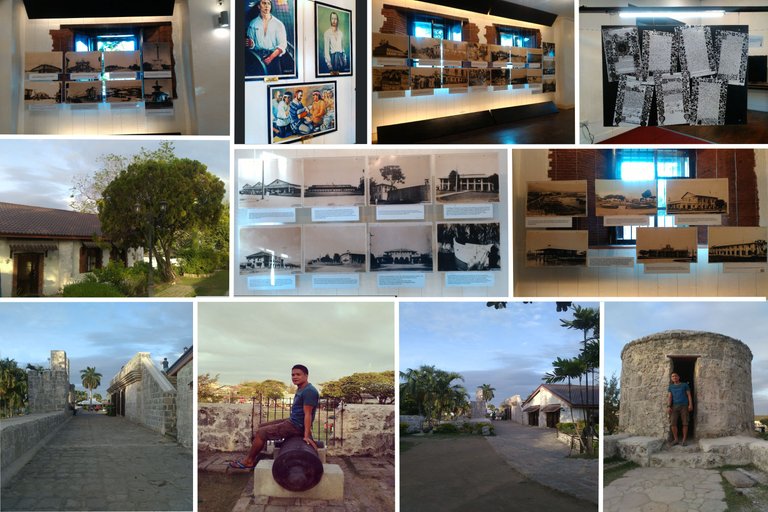
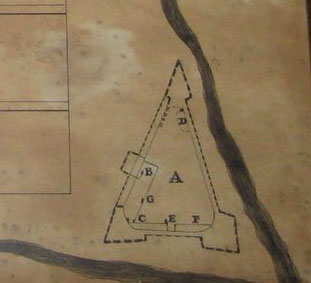
Fort San Pedro has a triangular shape, two sides of which are facing the sea that was protected with cannons and the other side are facing the land considered as the front with a fence made of wood or stone & mortar.
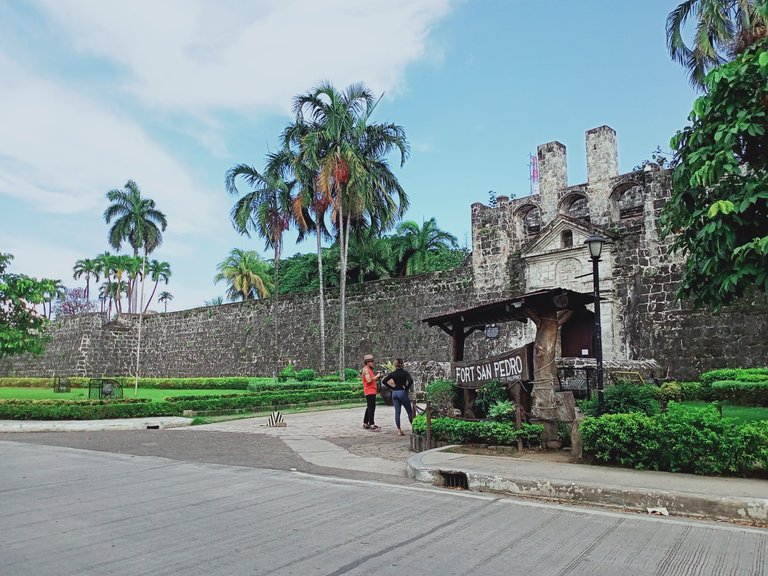
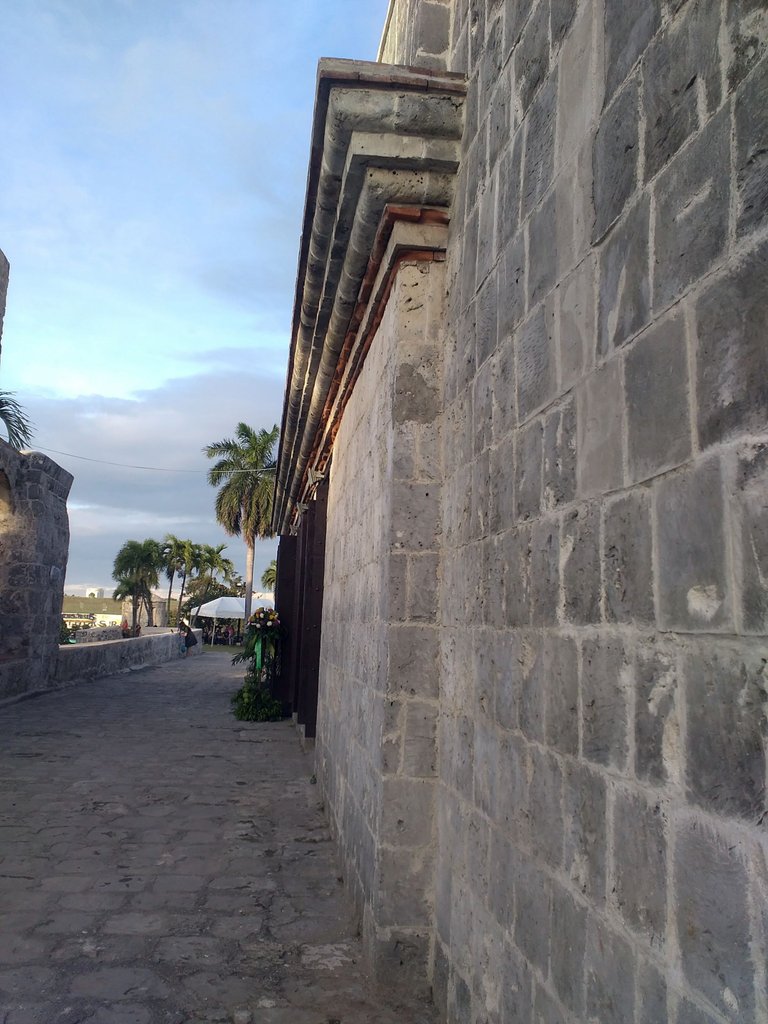
Today, improvements for the whole Province of Cebu are still ongoing. But the history of how the City and the Province started is one that we should always consider most especially for the Cebuano's. Hope this gives inspiration to everyone to embrace the history of our own Sugbo (Cebu).
Au revoir!
This is @arLin19! See you in my next blog Hivers....
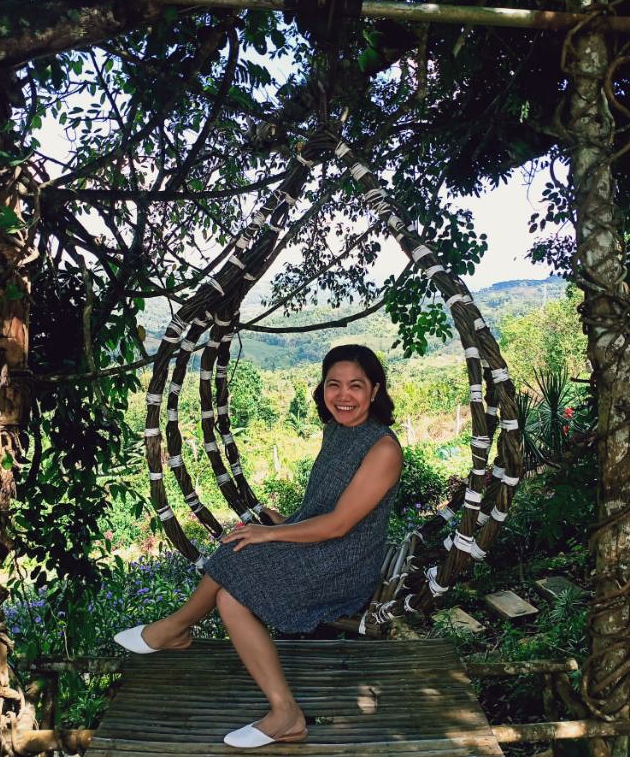
I am Ruffalyn, from a coastal municipality in the province of Leyte, a soon-to-be architect by profession and a working mom. Join me as I bring to light the inner piece of me.
Thanks for reading! If my content entertains you, then drop some 🧡 by upvoting and leaving a comment. Kindly click the following button to keep posted on my journey here on Hive.
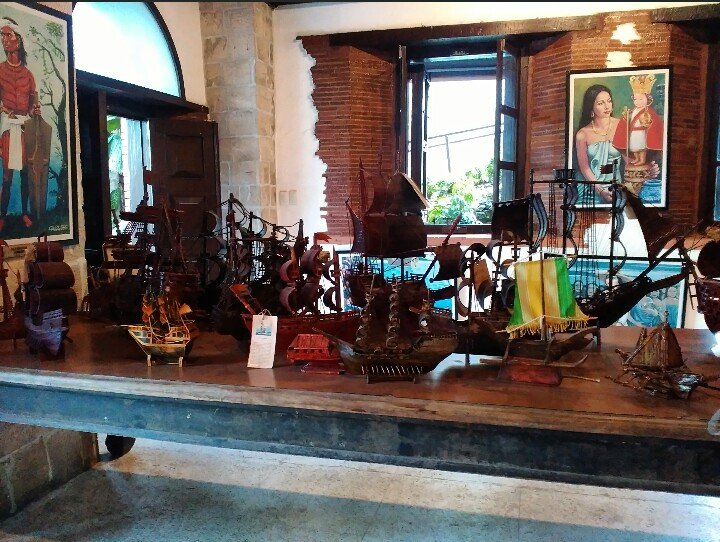
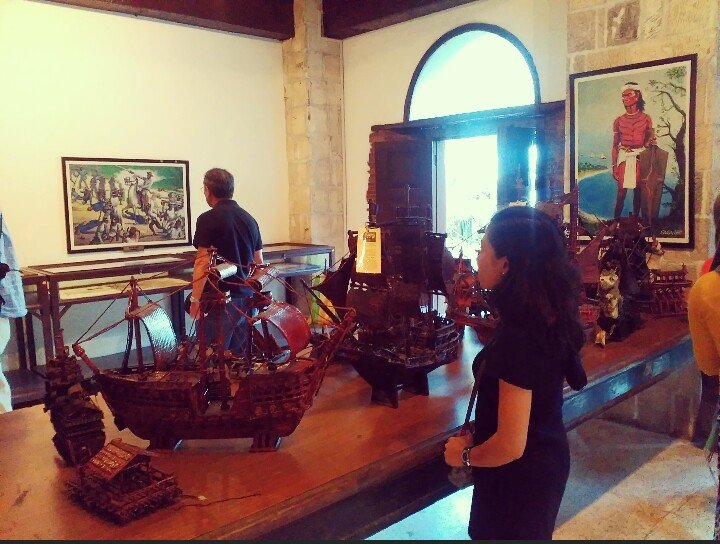
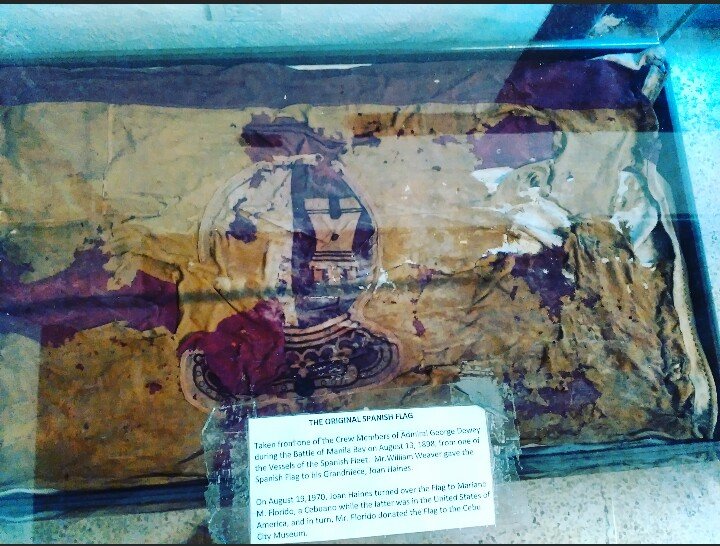
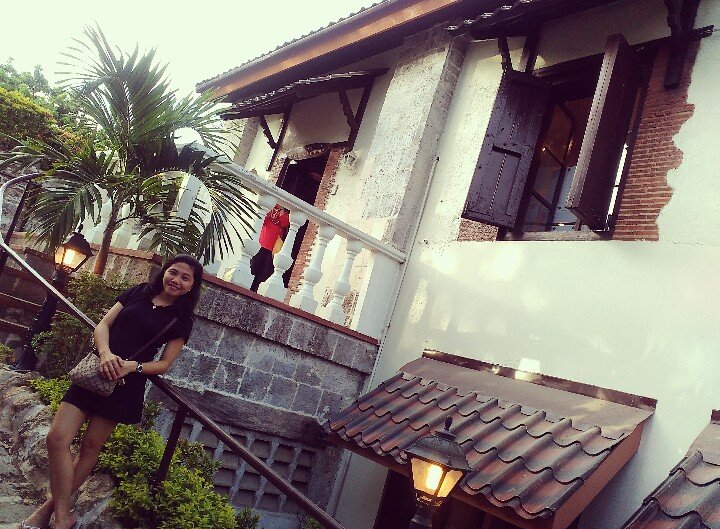
One of the historical place in Cebu... I love this place... you will see the history of the plave upon entering the Port.
Sayangaaa, abi ko month long ang contest huhu, but very nice entry mam @arlin19
Nice tid :)
Well presented @arLin19. 😊😇
Iba gud it waray. 😁🥰